Super DJ/Super Producer Junior Sanchez: Inside a Hitmaker’s Home Studio Workflow
Junior Sanchez answers your phone call, and what you hear is a familiar refrain from a Super DJ, “I just landed.”
Artists who spin and produce at his intergalactic level spend plenty of time on planes. A typical week for Sanchez might see him in San Francisco on Monday, spinning in Spain with Steve Angello of Swedish House Mafia on Wednesday, then hit Berlin on Friday – a place where he’s entertained 1,000,000 people at once. If he’s lucky, he’s back in his New Jersey home base by the weekend: just in time to kiss his kids, then do it all again.
Luckily for Sanchez, he’s got an extra-special place to get grounded in the Garden State. Hit the lower level of his suburban home, and you’re in a studio that has nothing to do with flash. Instead, this basement space is all about reaching full potential.
It’s an unassuming but high-powered sonic haunt, one which has helped Sanchez to achieve chart-topping remix and production results for a very heavy – and remarkably diverse — client list. Ready? His portfolio includes Madonna, Shakira, Katy Perry, Good Charlotte, The Bravery, Daft Punk, Gorillaz, Hot Hot Heat, Felix Da Housecat, The Faint, New Order, Jamiroquai, Giorgio Moroder, Moving Units, and Les Rhythmes Digitales, to start.
An impassioned audio engineer since he jerry-rigged his first DJ setup out of two parental stereo systems at age 11, Sanchez has long placed emphasized having a tailored personal studio. “It’s the place where you know you can get your work done, and you know its right,” he explains. “Having my room in my house has allowed me to tune it to the point where I know that what I’m making here can go anywhere. Its total accuracy — nothing’s lying to me here at all. It may not look super-tight, but it sounds super-tight in this room.”
Building the Perfect Home Studio
A work in progress that began evolving when Sanchez moved into the house in 2001, his home studio finally came into its own in 2009 after the global DJ collaborated with NJ studio designer Victor Rios (who also designed 440 Studios, which Sanchez frequently frequents).
The result is a 12×14 control room, plus vocal room, where a Digidesign Control 24 allows Sanchez to move the faders for Pro Tools 10 HDX or Logic. Waves and Sound Toys plugins play the “go-to” role for software sound manipulation, while the hardware side hosts a select outboard including an Eventide Harmonizer, EMI Curve Bender, SSL Compressor, two 1176s, LA-2A, LA-3A, and Empirical Labs Distressors, hard-wired for plugin-like performance within the system.
All mixing and monitoring, meanwhile, goes through a comprehensive complement of Dangerous Music gear. An advocate of getting as much as possible out of the box, Sanchez employs the Dangerous Monitor ST, DAC ST, and 2-Bus LT to maximize the accuracy quotient in his room.
Listen to a recent Sanchez mix — like his work for New Zealand artist Annabel Fay, Young Money artist Christina Milian — and you’ll hear a highly satisfying use of the full frequency spectrum. The mixes are simultaneously intense and spacious, with what seems like an extra-expansive stereo field for him to operate in. The outcome is tracks that kill it in the clubs, and still pop inside a pair of headphones or home speakers.
For Sanchez, it starts with having room to move – literally – within the sweet spot. The room is tuned and acoustically treated to have an extra-wide critical listening position, which allows him to pace across the space and make decisions on his feet, while monitoring via Adam S3As, Barefoot MM35, a Focal Sub and/or a pair of Avatones.
“I can walk around this perimeter and hear what’s going on,” he notes. “That’s important, because you don’t want to stay stuck in one place forever. I needed to be able to stand up in the sweet spot, take a walk, and still be in the realm.”
Job One: Mix for Yourself
Sanchez’s mixing approach is guided by years of on-the-job research in the world’s biggest dance clubs and festivals, along with a lifetime of music listening. Now, he knows what he likes to hear, and he goes for it with all the tools at his disposal.
“Many people say, ‘Hey, I can do it on my laptop,’ – and they do: There’s a lot of people doing great electronic music on their laptops,” he says. “It sounds big in clubs, but when you can get into the nitty-gritty of records by some producers, they’re squashed. There’s no dynamics, no air.
“I love the push and pull when I mix. I love to hear air. I love having dynamic range in the spectrum, hearing things between kicks and snares. People have different opinions on how electronic music is mixed — I still think spending time on your mix, tweaking frequencies and Q’s, spending time on dynamics is important.
“And by dynamics, I don’t mean loud. People think loud is best. No! Loud is annoying. It’s good for kids to understand that to some degree: Harmonic distortion can be good, distortion-distortion is bad. But kids today will put an L3 MultiMaximizer or some other plugin on it, crank it to 11, and they’re off to the races.”
Sanchez’ latest hit is his 2012 single, “Dim Mak Attack (Deathtouch).” A big, crispy trampoline of a track, the almost 3D “Dim Mack” sounds perfectly imperfect to its DJ creator. “When you’re talking EQ, I probably cut a few things in the low midrange for ‘Dim Mak’,” he recalls. “I’ll usually take a lot of mud out, but in that record there was a lot of natural muddiness to that I liked, so I kept it.
“But another recent mix I did, for my next Size Records release Junior Sanchez Feat CeCe Peniston track ‘Live My Life Without You’ is big, clean, pristine. Although I miss mixes that have their own character. Sometimes I’ll teeter back and forth between perfection and mixing with its own personality.”
How to Sound Bigger & Wider
Sanchez has become increasingly focused on ensuring full bandwidth during mixing and monitoring. “What Dangerous has people realizing,” states Sanchez, “is that going in the box is the way to go, but you’ve got to come out of it. I had a shitload of gear here before, but I condensed it and I said, ‘Let’s go in the box a bit.’
“I enjoyed it, but I found I was hitting a brick wall. I had no more headroom, and I was pushing everything. Then when I started using the Dangerous 2-Bus, a summing mixer made total sense to me. Imagine you have one door, and there’s a thousand people in the room trying to get out of it – it will get congested. But (with the 2-Bus) I have 16 doors for a thousand people. Now it’s streaming: the room and opens up and you have room.
“It gave me exactly what I wanted in here: the feel of a large-format console in the box. All my monitoring is Dangerous as well – it’s a clean sound spectrum, you’re not being lied to.”
Ask him about how he widens the stereo field so much with his mixes, and Sanchez gives a few pointers. “I like making mixes sound interesting, with a lot going on,” he says. “I like to give it a lot of space, and do a lot of panning. A lot of the Waves spectrum wideners are useful, and there’s also another stereo widener from Pro Tools that’s really cool.
“I like making sure that everything has its own little dimension. A lot of people are like, ‘Why do you do that? Clubs are in mono, you can’t hear it.’ But I do — I hear it it in my studio. I’ll make it the way I want to it to sound, even if I don’t think the crowd will care either way. Some people mix in mono, because they care about how it will project in a club. I don’t mix for clubs. I mix for me.”
Which just may explain why so many people are calling Junior Sanchez to mix, remix, and produce for them. He made his name in a beat-driven society, but he has a unique ability to crossover into other musical genres– his remix of “Dare” for Gorrilaz arguably rocked harder than the original. “It’s great to have that pedigree of years in the club world,” he says. “I’ve been going to Ibiza every years since 1997 – hearing styles change, ways of mixing and technology evolve. All of that stuff influences you and gives you leverage as a producer, especially when I do projects that are not electronic.
“Working with a rock band or a singer/songwriter, I’ll let the artist be the artist, but I can give them a sprinkle of something different they never thought of.”
EDM on the Rise
Operating out of his self-contained sound space, this elite DJ is happy to be on top of his game, right when electronic dance music/EDM is busting out big time.
“I think it’s great what’s happening to electronic music right now,” he confirms. “EDM has been simmering and waiting explode for a while. It’s been budding since the word ‘electronica’ came out, when Madonna signed The Prodigy, Moby was doing his Area10 tours, and Fatboy Slim blew up. We’ve broken down the barriers. Electronic music has gotten to the point where it’s not a novelty anymore to major labels. It’s viable.
“I think those three letters – ‘EDM’ – are our ‘R&B’. We now have those three letters that’s a flagship for techno, tech house, dubstep, drum and bass, whatever you want to call it. We now have our moniker for all of it, and it’s something we can all be proud of. It’s come a long way.”
— David Weiss
Please note: When you buy products through links on this page, we may earn an affiliate commission.







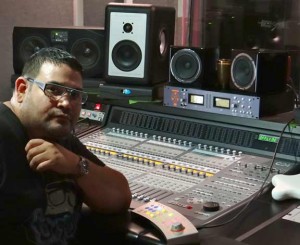
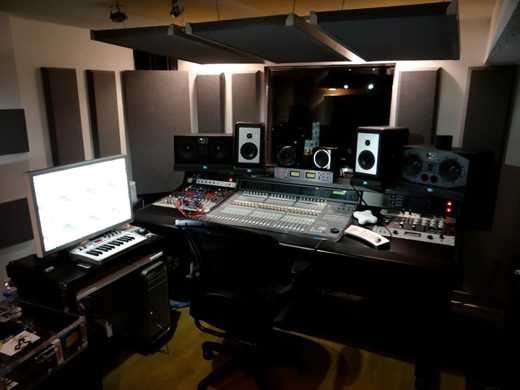
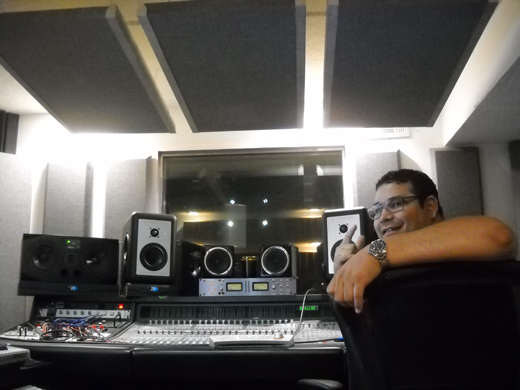
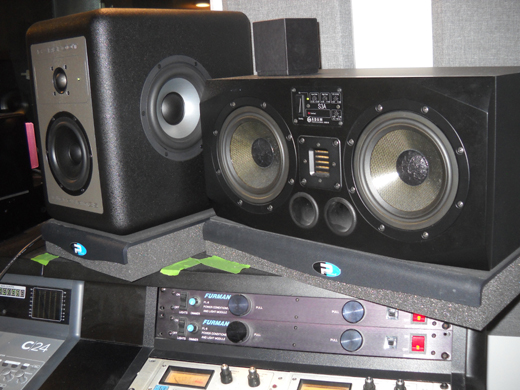
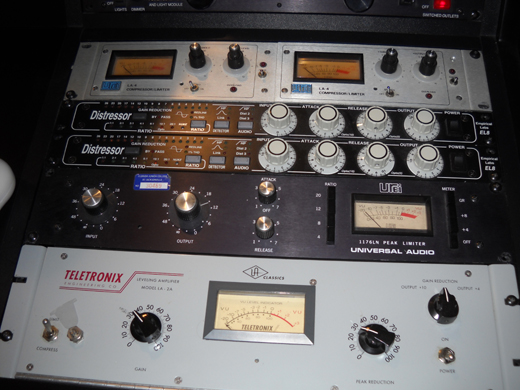
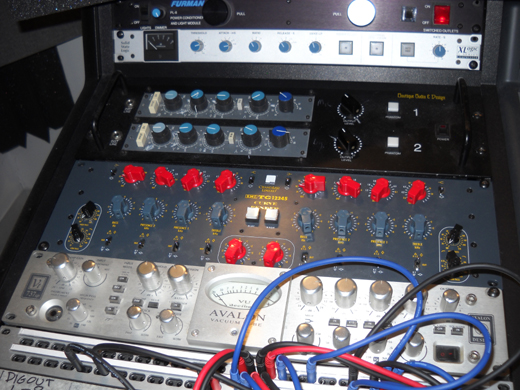
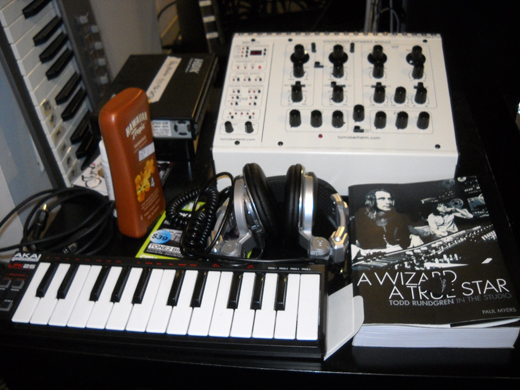
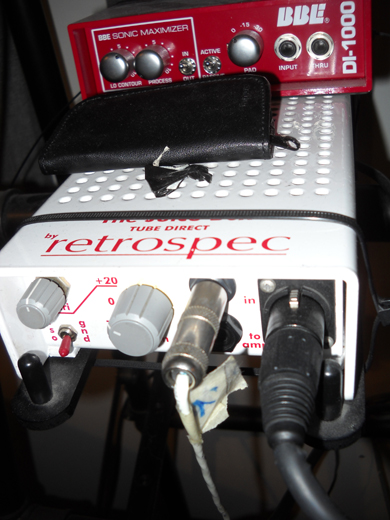
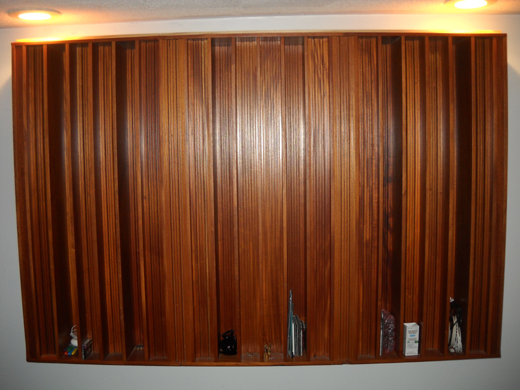
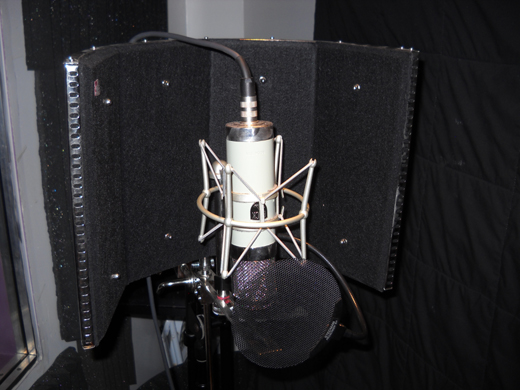
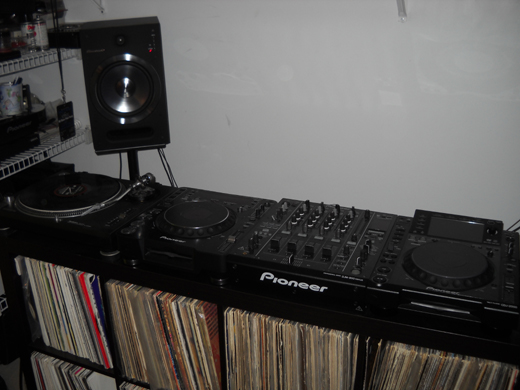

Matt Verzola
November 19, 2012 at 2:50 am (11 years ago)nice article!
Mor Mezrich
November 22, 2012 at 4:43 pm (11 years ago)“It may not look super-tight, but it sounds super-tight in this room.” – I would say it also looks pretty darn tight to my geeky eyes!
Very nice article David.
Angad Bainz
November 22, 2012 at 5:35 pm (11 years ago)great article David!